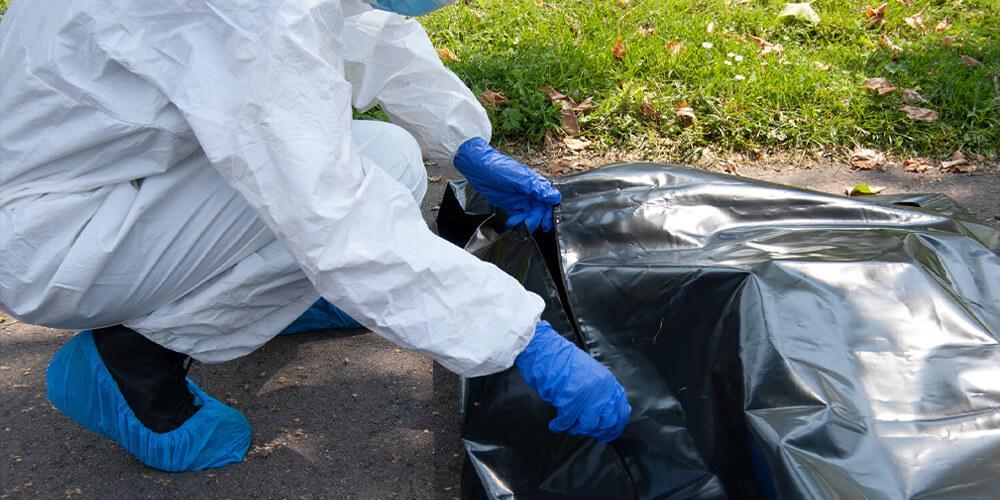What is the difference between a mass murderer, serial killer, and spree killer?

Multiple murderers are individuals who have killed more than one victim. Based on the patterns of their murders, multiple murderers are categorized into three basic types: mass murderers, spree killers, and serial killers. Rampage killers is a relatively new term given to both mass murderers and spree killers.
Mass Murderers
Mass murderers kill four or more people at one location within a continuous period (within minutes or days). Mass murderers typically commit their crimes at a single location. Mass murder can be committed by a single individual or by a group of people. Murderers who kill multiple family members also fall under the category of mass murderers.
An example of a mass murderer is Richard Speck. On July 14, 1966, Speck systematically tortured, raped, and murdered eight student nurses from the South Chicago Community Hospital. All the murders occurred in the nurses' townhouse in South Chicago on a single night.
Terry Lynn Nichols is a mass murderer convicted of conspiring with Timothy McVeigh to bomb the Alfred P. Murrah Federal Building in Oklahoma City on April 19, 1995. The bombing resulted in the deaths of 168 people, including children. Nichols received a life sentence after the jury deadlocked on the death penalty. He then received 162 consecutive life sentences on federal murder charges.
McVeigh was executed on June 11, 2001, after being found guilty of detonating a bomb hidden in a truck parked outside the building.
Spree Killers
Spree killers (also called rampage killers) murder two or more victims but at more than one location. Although their murders occur at different locations, their spree is considered a single event because there is no "cooling-off period" between the murders.
Distinguishing between mass murderers, spree killers, and serial killers is a source of ongoing debates among criminologists. While many experts agree on the general description of a spree killer, the term is often omitted, and instead, mass or serial killer is used.
Robert Polin is an example of a spree killer. In October 1975, he killed one student and injured five others at a high school in Ottawa after previously raping and stabbing a 17-year-old friend.
Charles Starkweather was another infamous murderer. Between December 1957 and January 1958, Starkweather, along with his 14-year-old girlfriend, killed eleven people in Nebraska and Wyoming. Starkweather was executed by electrocution 17 months after his conviction.
William Balfour, known for the murders of the Jennifer Hudson family, also fits the pattern of spree killers.
Serial Killers
Serial killers murder three or more victims, but each victim is killed on different occasions. Unlike mass murderers and spree killers, serial killers usually select their victims, have a cooling-off period between murders, and carefully plan their crimes. Some serial killers travel extensively to find their victims, such as Ted Bundy and Israel Keyes, while others remain in the same general geographical area.
Serial killers often exhibit specific patterns that can be easily identified by police investigators. What motivates serial killers remains a mystery; however, their behavior often fits into specific subtypes. In 1988, Ronald Holmes, a criminologist at the University of Louisville specializing in the study of serial killers, identified four subtypes of serial killers.
- The Visionary - Typically psychotic, the visionary is compelled to murder because they hear voices or see visions commanding them to kill certain types of people.
- Mission-Oriented - Targets a specific group of people whom they believe are not worth living and whose absence would make the world better.
- Hedonistic Killer - Kills for the thrill because they enjoy killing and sometimes become sexually aroused during the act. Jerry Brudos, the lust killer, fits this profile.
- Power-Oriented - Kills to exert ultimate control over their victims. These killers are not psychotic, but they are obsessed with capturing and controlling their victims, forcing them to obey all their commands. Pedro Alonso Lopez, the Monster of the Andes, kidnapped children with the intention of keeping them under control even after their death.


